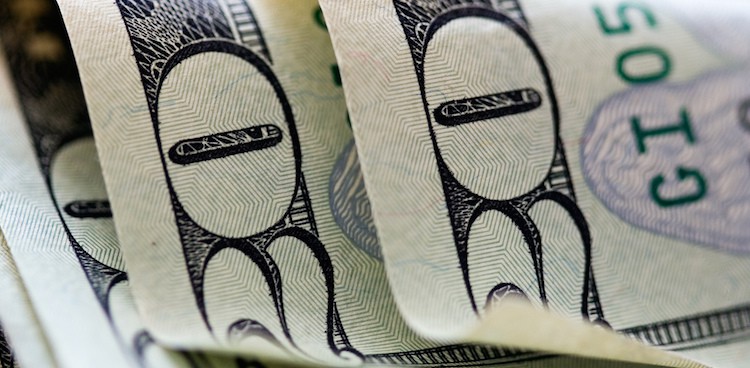
By way of an answer, I was led upstairs and shown a photograph of the Dairy Crest factory, a very large-scale cheese operation in the north of England. “The cheese that is produced here in one day,” I was pointedly told, “is equivalent to the annual output of all the British and Irish farmhouse cheesemakers put together.”
This was true, at least in 1993. Nowadays, the question of price can still be answered by comparing numbers. Recent figures, for example, show that a pound of cheddar made at a large-scale U.S. facility costs between nineteen and twenty-one cents to produce, whereas a cloth-wrapped, American farmstead cheddar, mature at one year, costs approximately four dollars per pound to produce.
The goal of a large-scale cheese factory is to produce consistent cheese, as quickly, safely, and inexpensively as possible. It’s a highly competitive market where financial success is determined by efficiency, stable shelf life, easy distribution, and economies of scale. Flavor, while certainly a consideration, is not the only priority.
By contrast, success for the American artisan cheese producer is determined almost entirely by his or her ability to make a cheese that is uniquely delicious and premium, and therefore differentiates itself from others within the marketplace. Creating a cheese that possesses complex, unique, and memorable flavors—often representative of a geographical locale—is the main goal. Achieving these qualities often means getting back to the basics of cheesemaking, which realistically translates into removing much of the mechanization process and investing heavily in milk quality, skilled labor, and other production costs.
Many of these costs have risen exponentially in recent years. Quality animal feed, essential to produce good milk and therefore good cheese, has seen increases in market prices for hay, alfalfa, and grain. In fact, the price of grain tripled in the last two years [Ed. as of 2009] due to a decrease in supply. (Less domestic grain is available due to a combination of higher exports and farmers being encouraged to produce corn for the ethanol market.)
At the other end of the production line, when it comes to shipping, smaller producers rely on carrier services such as FedEx or UPS to get their perishable cheeses reliably to customers in a timely fashion. As we all know, these costs have been driven up, too, due to the fluctuation in fuel prices.
For imported artisan cheeses, the story is also fraught. While many established European cheesemakers do not have the same capital overheads associated with their New World counterparts, cheeses imported into the U.S. are subject to the vagaries of the Euro. During a recent conversation with California cheesemaker Ig Vella, he told me that he’s observed a direct correlation between increased sales of his cheese and the strength of the Euro against the dollar.
If all this sounds pretty grim, there is some encouraging news. Despite all the obstacles, guess which is the fastest growing sector of the cheese market? Yes—rtisanal and farmstead.




